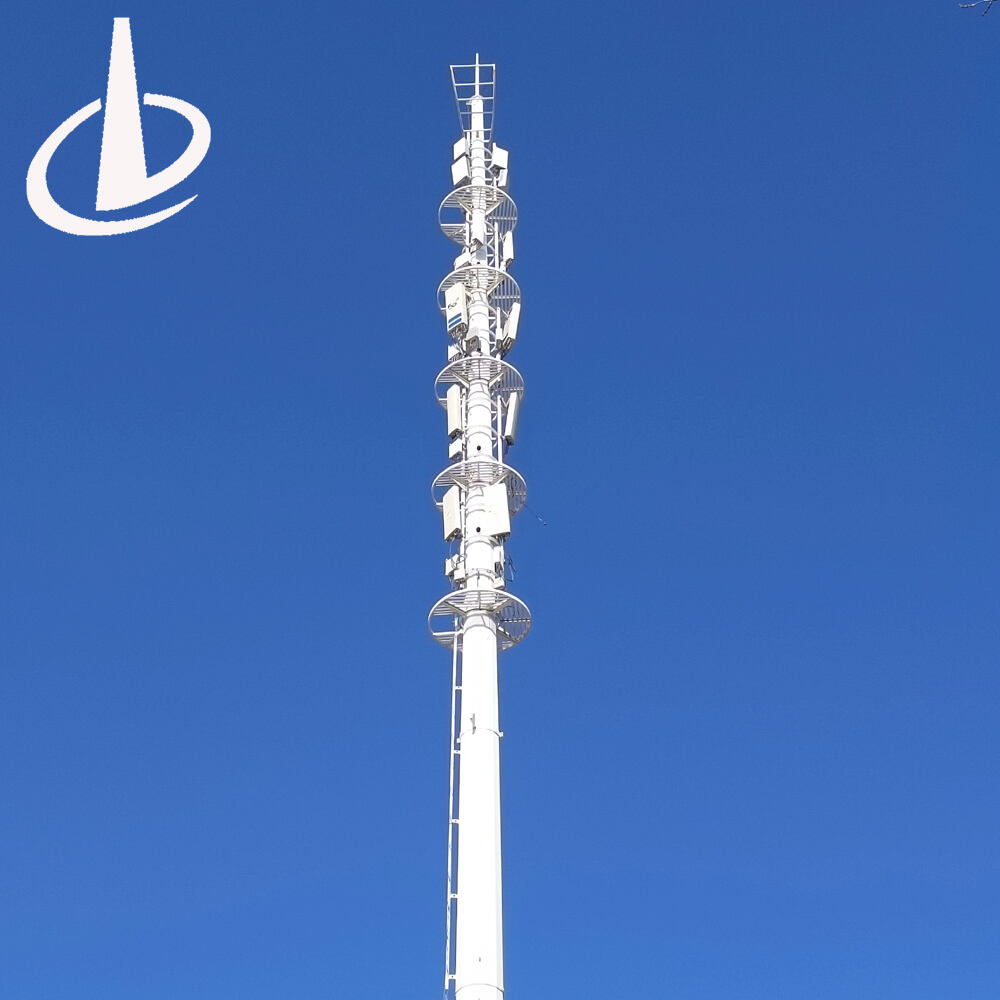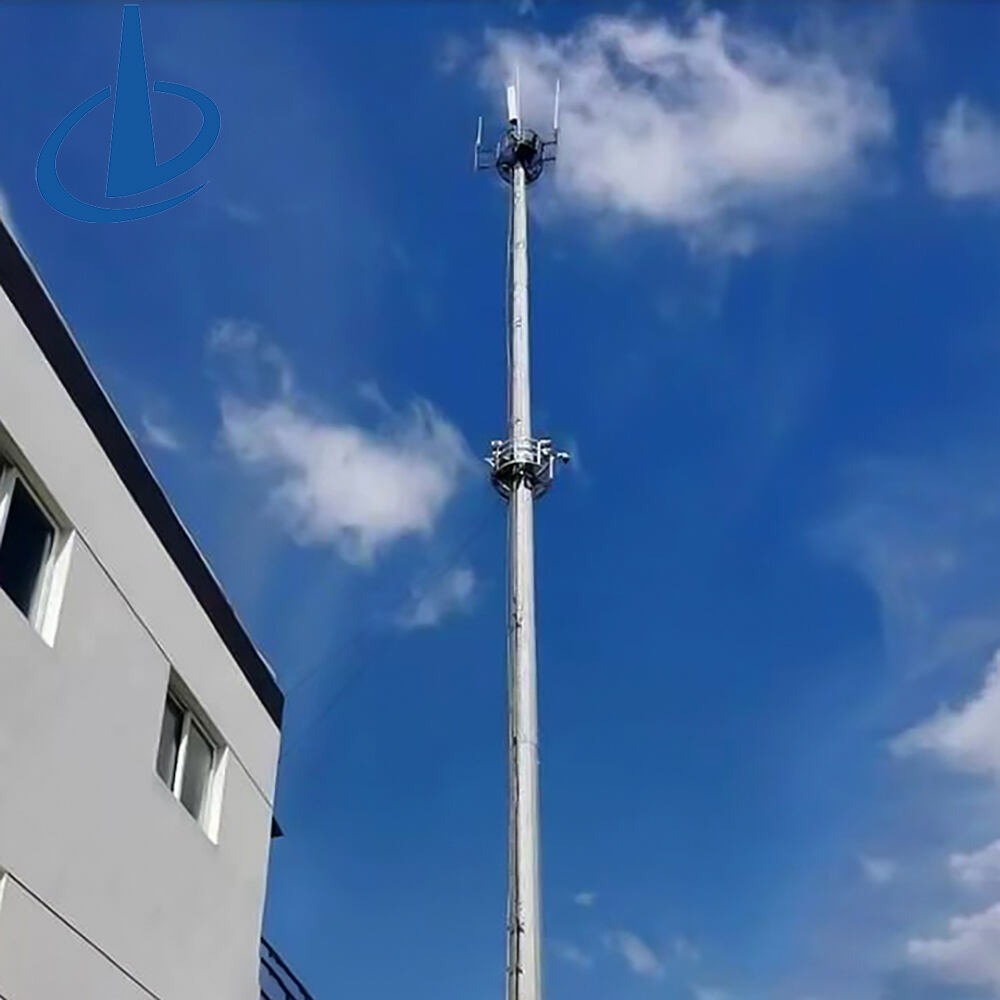self supporting antenna tower
A self supporting antenna tower is a freestanding structural marvel designed to support various telecommunications equipment without the need for external support mechanisms like guy wires. These towers are engineered to withstand extreme weather conditions, seismic activities, and varying loads while maintaining optimal signal transmission capabilities. The tower's construction typically features a triangular or square base that gradually tapers towards the top, utilizing high-strength steel components that are hot-dip galvanized for superior corrosion resistance. These structures can range from 30 to 300 feet in height, depending on specific requirements and local regulations. The tower's self supporting nature comes from its robust foundation system, which typically consists of reinforced concrete designed to distribute the structure's weight and resist overturning forces. Modern self supporting towers incorporate advanced features such as aircraft warning lights, lightning protection systems, and climbing facilities for maintenance access. They are particularly valuable in urban environments where space is limited and in locations where soil conditions may not be suitable for guyed towers. The design allows for multiple antenna mounting positions at various heights, accommodating different types of equipment including cellular antennas, microwave dishes, and broadcast equipment.


